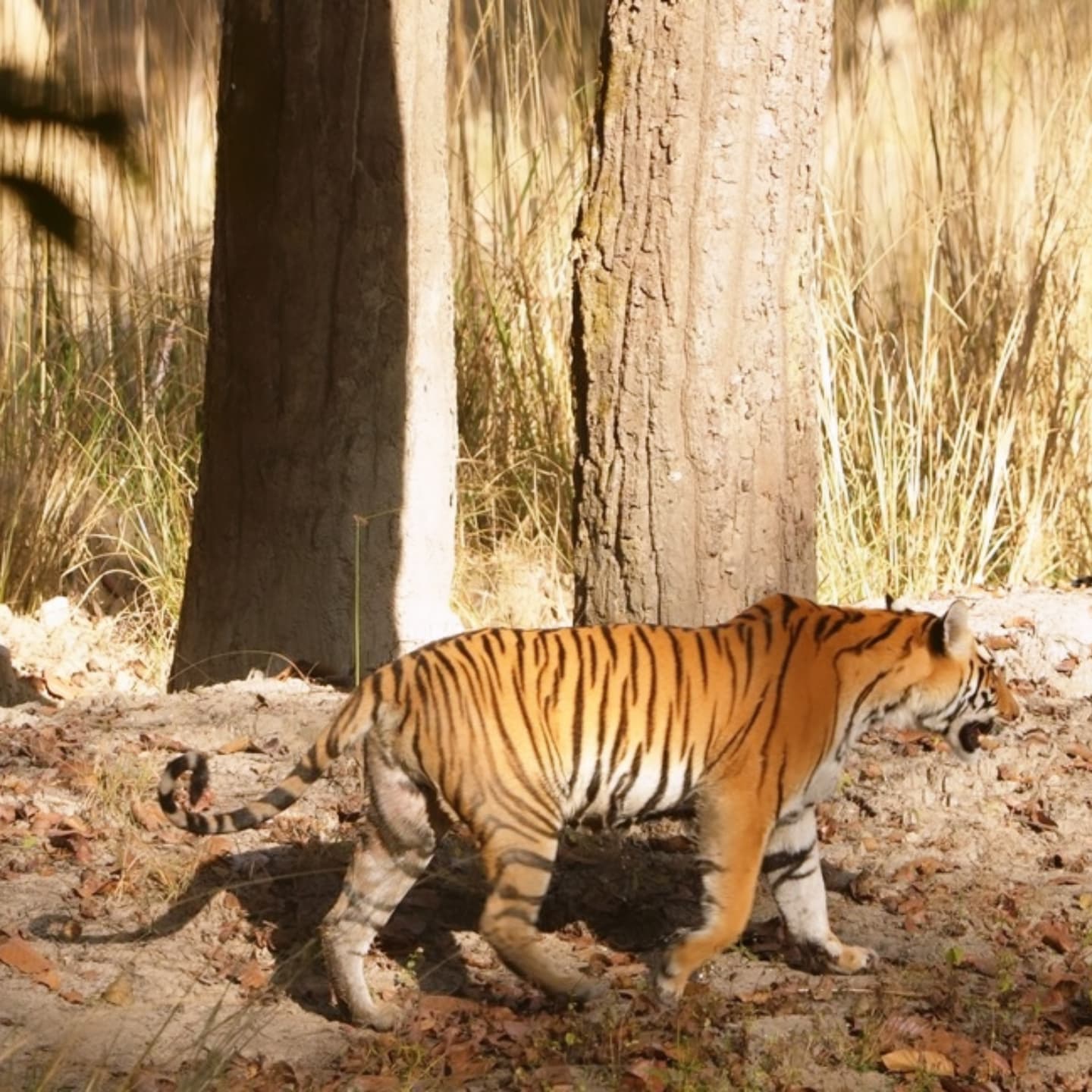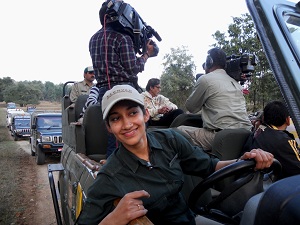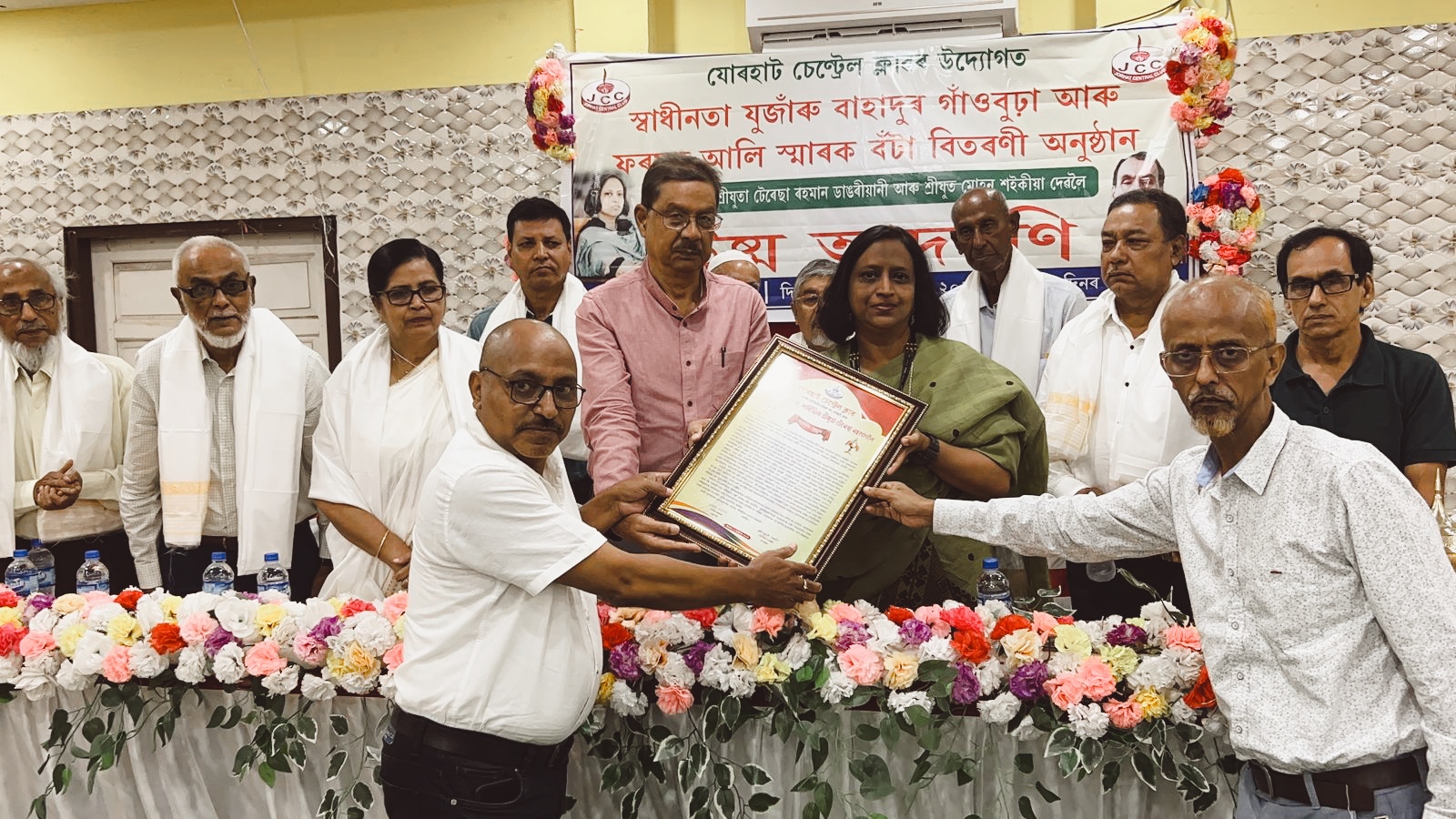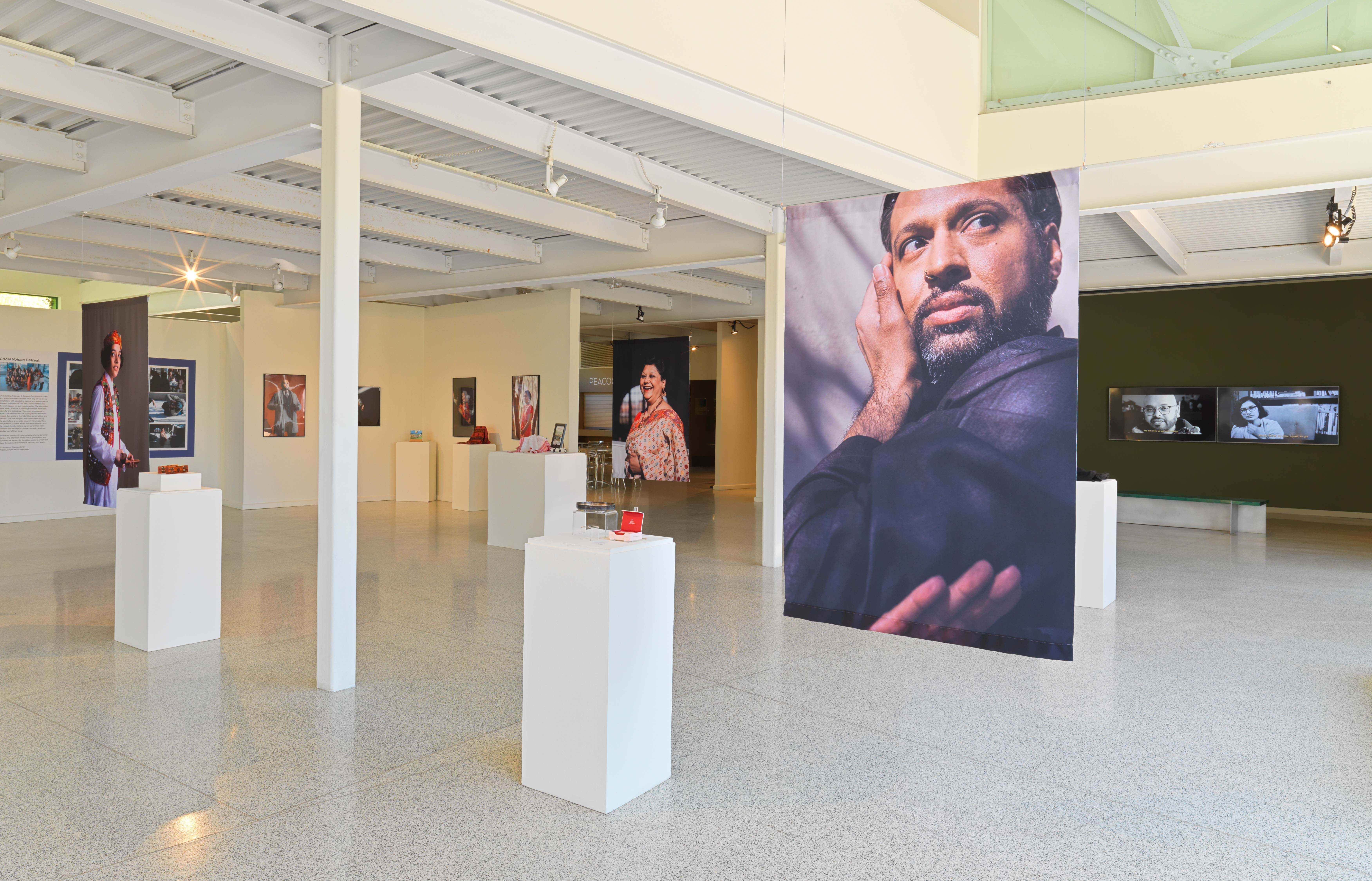By Ratna Singh
The world is flocking to the wilds like never before. A growing craze for wildlife holidays in India almost always includes a Tiger Reserve on the itinerary. There is also growing tribe of conservation conscious safari goers, choosing hotels high on sustainability. The hotels have been quick to read the pulse, highlighting sustainable operations as part of marketing. Many genuinely are doing a commendable job, while others conveniently greenwashing to keep up appearances.
But first, Lets understand a bit about the parks and sanctuaries in India. India has 70% of the world’s wild tigers, quite a feat for the most populous nation on earth. Life for wild animals is tough. Human pressure, habitat loss, rapid urbanisation of rural areas and most recently the news of organised poaching gangs responsible for poaching hundreds of tigers and leopards over the past few years in Central India alone.
The Jungles are like islands surrounded by a sea of humanity. The park boundaries are not entirely fenced or walled, so wildlife can move from one forest cover to another; sometimes through fragmented wild corridors, while other times in the cover of darkness passing through fields and highways.
Here’s what social media posting of mega fauna venturing outside the park can do.
Increase Poaching Risk: Animals aren’t entirely safe inside a protected area. When they venture outside the park boundaries, they become even more vulnerable. Sharing images of tigers or other wildlife outside protected areas can unintentionally reveal their location. Poachers actively monitor social media for such clues, increasing the risk poaching and wildlife trafficking.
Human-Wildlife Conflict – Publicizing the presence of tigers/large animals near human settlements can cause unnecessary panic, leading to retaliatory actions or demands for the animal to be relocated, disrupting natural dispersal patterns.
Encouraging Unethical Tourism – Resorts and tourists may promote locations where wildlife is frequently sighted outside protected areas, leading to increased vehicle traffic, habitat degradation, and stress for the animals.
Disrupting Conservation Efforts – Conservationists track animal movements using scientific methods. Unverified public posts can spread misinformation about their locations, interfering with ongoing research and monitoring programs.
Legal & Ethical Concerns – The Wildlife Protection Act (1972) restricts certain interactions with wildlife, and posting such photos may encourage irresponsible behaviour, such as baiting or chasing animals for photography, which is both unethical and illegal.
The Coexistence card?
There are those who feel sharing images of animals roaming outside the parks or in and around the hotel premises shows a wonderful coexistence. To them I say; the farmers and communities living and farming for generations on the periphery of the park are the only ones who can claim this coexistence. Their crops are often raided, they end up losing livestock and on occasion be attacked by wild animals too. There are some who take images or set up camera traps for their own know-how. This is applaudable as it is vital data for research and the forest department in being able to provide protection to these animals. Posting such sensitive information on social media platforms, while a great marketing tool, becomes a bane for the very animal on whom the tourism industry depends.


































